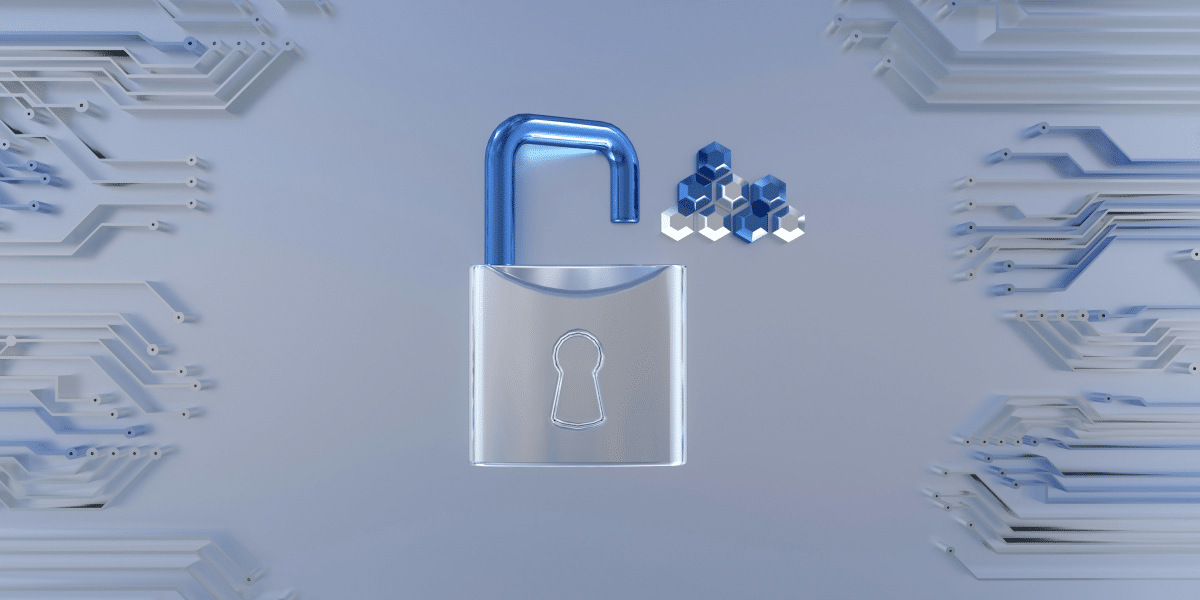Sensitive data is today more crucial than ever given today’s increasingly computerized world. This is due to the increasing threat of cyberattacks and businesses and individuals’ desire for reliable solutions for securing their data. This post will be devoted to five of the most important pieces of advice to help you get the best data encryption solutions. By following those rules, it is possible to ensure that their private data is not disclosed to any third parties and protected from any unauthorized access.
Determine Your Needs for Data Security
Before rushing to endless possibilities of data encrypting, first, one must take a step back and evaluate one’s specific data protection requirements. Thus, it is crucial to identify what exactly your organization’s needs are in order to select the most suitable encryption solution.
In this case identify which types of data must be secured first. This could comprise of any data your company comes across during operations and especially data that you cannot afford to let into the wrong hands, this includes; Consider data volume, data management techniques as well as storage and data transfer processes. Which type of data protection is more important to you: data in transit that refers to information that is shared across networks or data at rest that is data that is stored in devices or servers?
Understand Different Encryption Methods
Now that you understand your needs you should familiarise yourself with the various types of encryption. This can be explained as the process of converting ordinary readable information into one which can only be interpreted by the possession of a decryption tool. Nowadays there are various encryption techniques available in the market which have their own pros and cons and which are suitable to be used in certain situations only.
A single key is used in this method of encryption to both the encryption process and the decryption process. It is highly suitable for use with large data sets since it operates at a fast rate and within a short span of time. The challenge however lies in the transfer process since the parties involved need to pass on the key without compromising its security. Asymmetric encryption, on the other hand, makes use of two keys: reverse key which serves as decryption key, and a public key which serves as the encryption key. Although it is slower compared to the use of symmetric encryption, this method is more secure for transference of encrypted data.
End-to-end encryption is another that it is important to understand (E2EE). This technique ensures that data is secured right from its source and all through to the intended recipient. For the purpose of conversation and data exchange the data is virtually very secure because only the right recipient can decode it.
Prioritize Ease of Use and Integration
The extent to which data encryption solutions can be implemented within the framework of the existing structure and are easy to use should be among the criteria for selection. If a solution is not easy to use, or it is hard to integrate there are chances that it can be used improperly and therefore can lead to security issues, increased costs, and/or delayed projects.
When selecting encryption products, look for the administration tools and on the interface – they should be as simple as possible. Knowing this, your staff will use the encryption tools appropriately as well as consistently if only they are easier to master.
Consider how effectively the encryption solution combines with the activities and programs you already use. Whether it can work with your current databases and the applications that you employ? Implementation must be easy for all necessary technologies and products that the service is being provided to.
Consider Scalability and Performance
Consequently, your organization’s data protection requirements will grow and be more enriched as the organization grows. For this reason choosing an encryption system that meets the growth of your business is very important. One can easily extend the number of users, devices or types of data into a scalable solution without compromising on security and features.
An important factor one should consider when evaluating scalability is vertical scaling or the increase in the capacity of the existing resources as well as horizontal scaling, which is the addition of new resources to one’s system. Growing data and growing numbers of users should not negatively impact the effectiveness of good encryption solutions.
Another factor that one may have to consider is performance. Encryption operations may have an effect on system performance if they are not optimized properly, which is fairly obvious. When looking for a solution one should aim to find the balance between operational efficiency and security strength.
Evaluate Key Management Capabilities
Key management is a critical factor that applies to all encryption systems that are in use. Finally, it’s up to the user on how efficiently and effective he or she would have protected the decryption keys to warrant the security of encrypted data. In their lifetime, keys are created, distributed, stored, and disposed of securely all thanks to a proper management of keys.
Looking for encryption programs that provide very functionality of key management. The following should include; carefully controlling key distribution; securely storing keys preferably in hardware security modules; and generating the keys effectively by using excellent random number generators. Rotation of keys should also be possible in the solution so that one is able to change keys from time to time in order to enhance security in the system.
When implementing encryption on multiple systems or different sites, you should consider proposing solutions that possess centralized key management. This is made better by centralized management of the network since it makes enforcement of uniform policies possible, monitoring of crucial usage easier, and swift action to any incidents observed to be a security threat. When checking such things as key-related actions, it is helpful to search for measurements such as multi-factor authentication for key access and audit trail systems.
Conclusion
Choosing the right strategy of data encryption is a crucial decision that will significantly influence a company’s security. You will be well-equipped to make an informed decision if you adhere to these five guidelines: understanding one’s requirements; understanding encryption methods; making ease of use and compatibility essential criteria; considering scalability and speed; assessing key management features.
Published by: Nelly Chavez

















